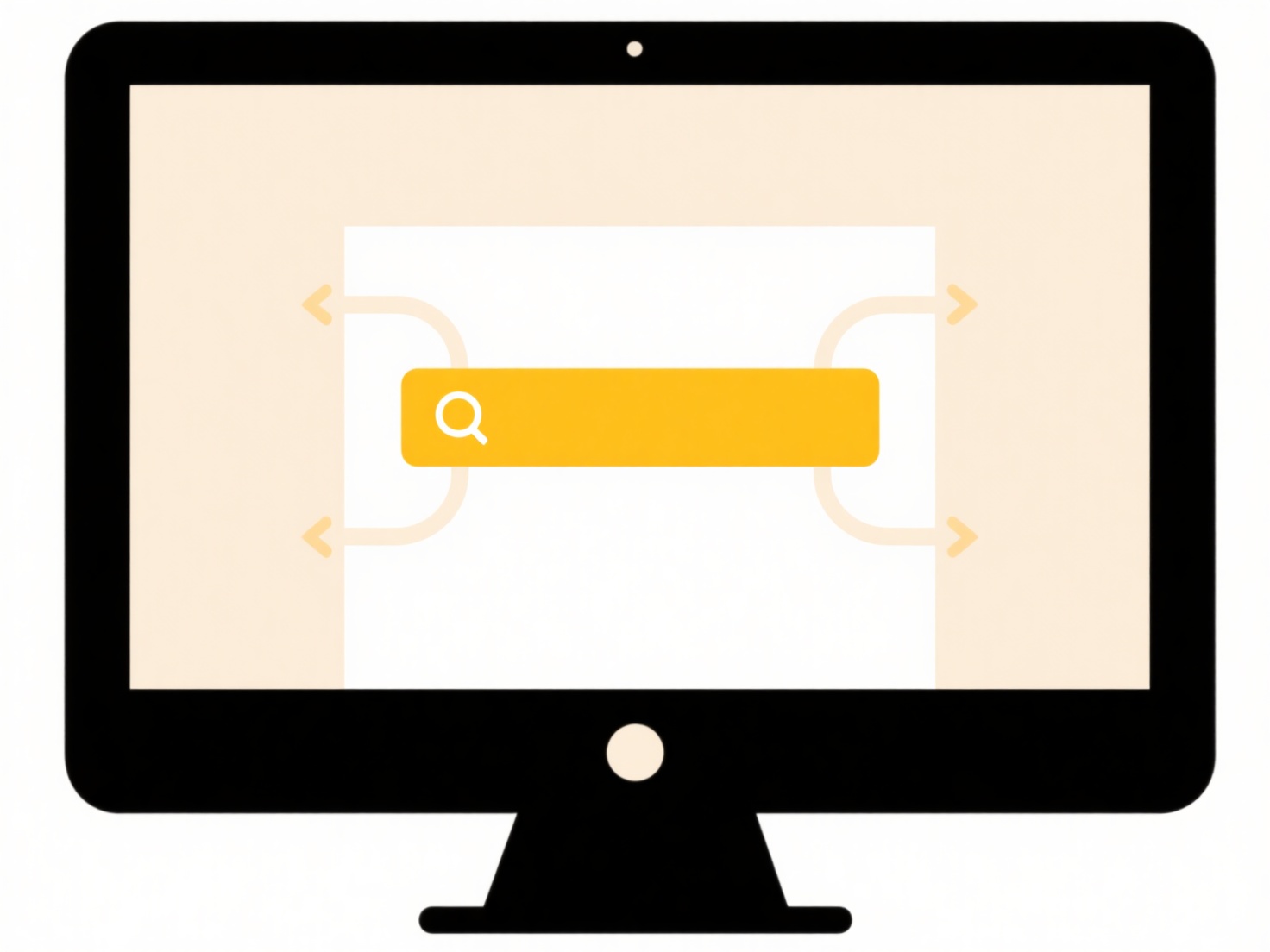
File sync loops occur when file synchronization processes inadvertently create duplicate files that trigger additional sync actions in a repeating cycle. This differs from standard syncing, which copies files only once between designated locations. Recursive duplication happens when the synchronized output itself becomes input for the same sync process, often due to misconfigured folder paths. It manifests as endless copying of the same data, consuming storage and bandwidth.
For example, a loop might occur if a backup tool syncs folder A to folder B, but a separate rule then tells a cloud service (like Dropbox) to also sync folder B back to folder A, causing cyclical copying. Similarly, syncing photos from Device X to a cloud storage folder automatically ingested into photo libraries on Device Y and Z could cause recursive duplication if that library syncs back to the original cloud location.

Detecting loops involves monitoring sync logs for repeating file modifications with identical sizes, timestamps, or checksums appearing rapidly across locations. Prevention relies on careful path configuration and avoiding bidirectional syncs between overlapping directories. While tools like rsync use checksum comparisons to avoid known copies, loops remain a risk due to config errors, leading to resource waste. Awareness of sync flow direction is crucial.
How do I detect file sync loops or recursive duplication?
File sync loops occur when file synchronization processes inadvertently create duplicate files that trigger additional sync actions in a repeating cycle. This differs from standard syncing, which copies files only once between designated locations. Recursive duplication happens when the synchronized output itself becomes input for the same sync process, often due to misconfigured folder paths. It manifests as endless copying of the same data, consuming storage and bandwidth.
For example, a loop might occur if a backup tool syncs folder A to folder B, but a separate rule then tells a cloud service (like Dropbox) to also sync folder B back to folder A, causing cyclical copying. Similarly, syncing photos from Device X to a cloud storage folder automatically ingested into photo libraries on Device Y and Z could cause recursive duplication if that library syncs back to the original cloud location.

Detecting loops involves monitoring sync logs for repeating file modifications with identical sizes, timestamps, or checksums appearing rapidly across locations. Prevention relies on careful path configuration and avoiding bidirectional syncs between overlapping directories. While tools like rsync use checksum comparisons to avoid known copies, loops remain a risk due to config errors, leading to resource waste. Awareness of sync flow direction is crucial.
Quick Article Links
How do I get permission to edit a file shared with me?
Requesting edit access to a shared file means asking the owner or current manager to grant you permission to modify it, ...
How do I search a backup archive for specific files?
Searching a backup archive involves locating specific files or folders within copies of your data stored for recovery pu...
Can I find files by the author or owner?
Finding files by author or owner refers to locating digital files based on the person credited with creating the content...